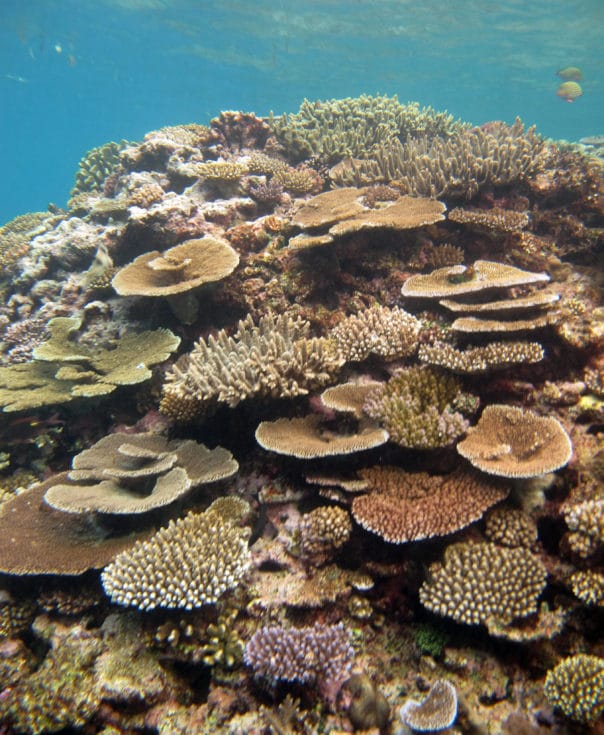Scientists from the Khaled bin Sultan Living Oceans Foundation (KSLOF) surveyed coral reefs in Fiji in 2013. As part of the Foundation’s ambitious Global Reef Expedition the scientists gathered the most detailed data on these reefs ever collected. Now, with the data analyzed, our own coral ecologist, Alex Dempsey, returned to Fiji to deliver the results of the scientific research. She worked with our partner Roko Sau, from the Pacific Blue Foundation, and met with members of the Fijian Government who were anxious to know what the research revealed.
We asked Alex to tell us about the meeting.
Who did you meet with?
I met with several officials at the Ministry of Itaukei Affairs. Apakuki Kurusiga, Deputy CEO iTaukei Affairs Board and Nepote Katonitabua from the Ministry of iTaukei Affairs were there, as were Esala Nayasi Deputy Secretary, Ministry of Foreign Affairs, Paula Delaivuna, Roko Tui Lau, and Peni Suveinakama, Ministry of Foreign Affairs. Also in the room were Tevita Vodivodi from the Ministry of Fisheries and High Chief Roko Sau.
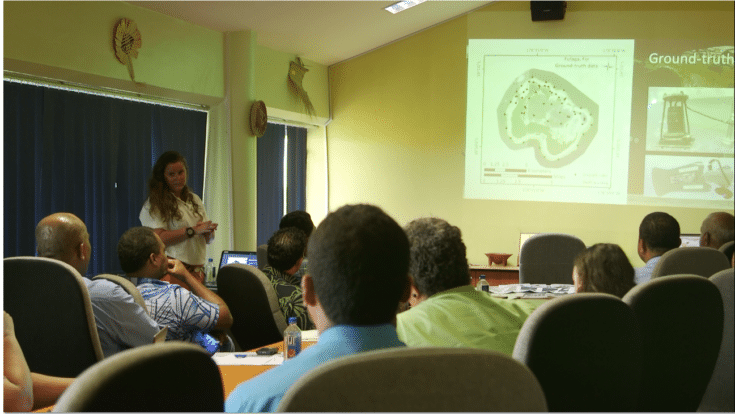
I gave a presentation of the Foundations work in Lau back in 2013, as well as key findings and conservation recommendations. After the presentation, we had a discussion regarding how to apply the results of the Foundation’s research.
What were the key findings of the scientific research?
The coral communities throughout the Lau Province show signs of recovery from disturbances. The benthic communities had large numbers of coral recruits, as well as low cover of microalgae.
However, there were some warning signs that the reefs may not be in healthy condition for long. The first being the large cyanobacterial mats that formed on sand flats, rubble, and sometimes over live coral. When the cyanobacteria form these mats, it is an indication that key detritivores, such as sea cucumbers, are no longer present on the reef.
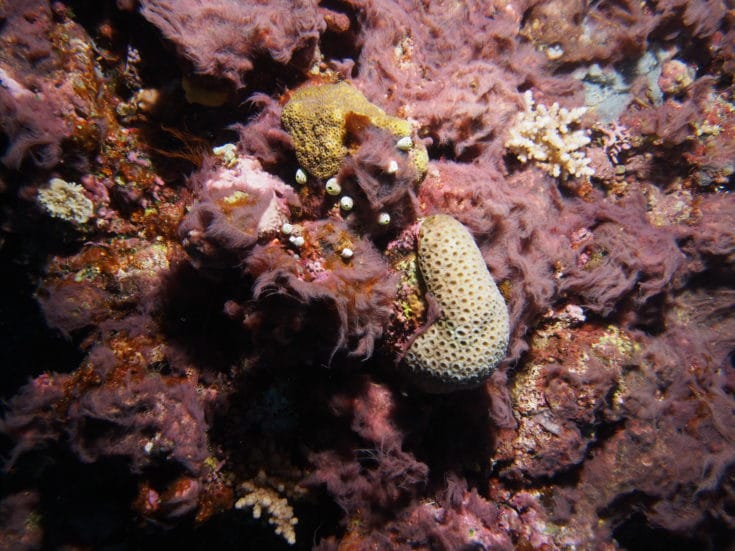
The other warning sign was the low number of reef fish larger than 50 cm. The majority of the recorded fish size was under 20 cm.
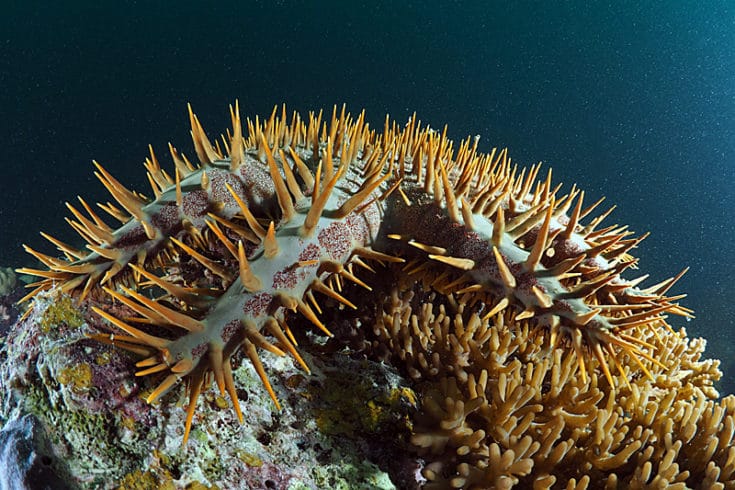
I also discussed the need to be vigilant regarding large outbreaks of crown-of-thorns starfish (COTS). In 2013, the Foundations scientists collected over 350 starfish at Cicia. The starfish had already done quite extensive damage by eating large portions of the branching and table corals.
How did the group respond to the findings?
The overall theme of the questions from the government representatives was that of concern, specifically regarding the sea cucumber and giant clam over fishing. They were happy that the corals in Lau were faring well, despite many disturbances such as bleaching events and cyclones. However, they were worried about the over fishing as well as poaching of giant clams and sea cucumbers.
The officials had also received information from the fisherman that COTS are becoming more and more common on the reefs and wanted to keep on top of that issue.
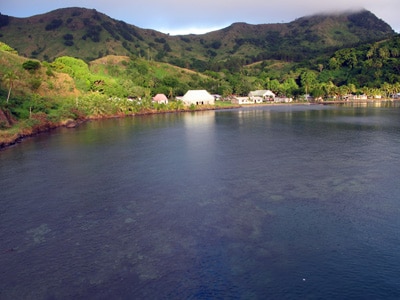
Were any actions discussed based on the findings?
Yes, the officials did discuss management protocols for COTS outbreaks, as well as starting a dialogue about sea cucumber/giant clam farming. Also, based on the most recent LAU RAP Seascape project and the KSLOF GRE trip to Lau, the island of Navatu was declared a marine protected area by the High Chief Roko Sau. This is a critical step for helping the sea cucumber and giant clam populations rebound.
What do you think is next for the reefs in Fiji?
At the moment both the Foundation’s 2013 findings and the Lau Seascape Project will be reviewed by government ministries to decide whether the island of Navatu will be held to government protection as well as traditional fisheries management practices (iQoliqol, tabu areas).
